A Local Resident Perspective on Vazhachal
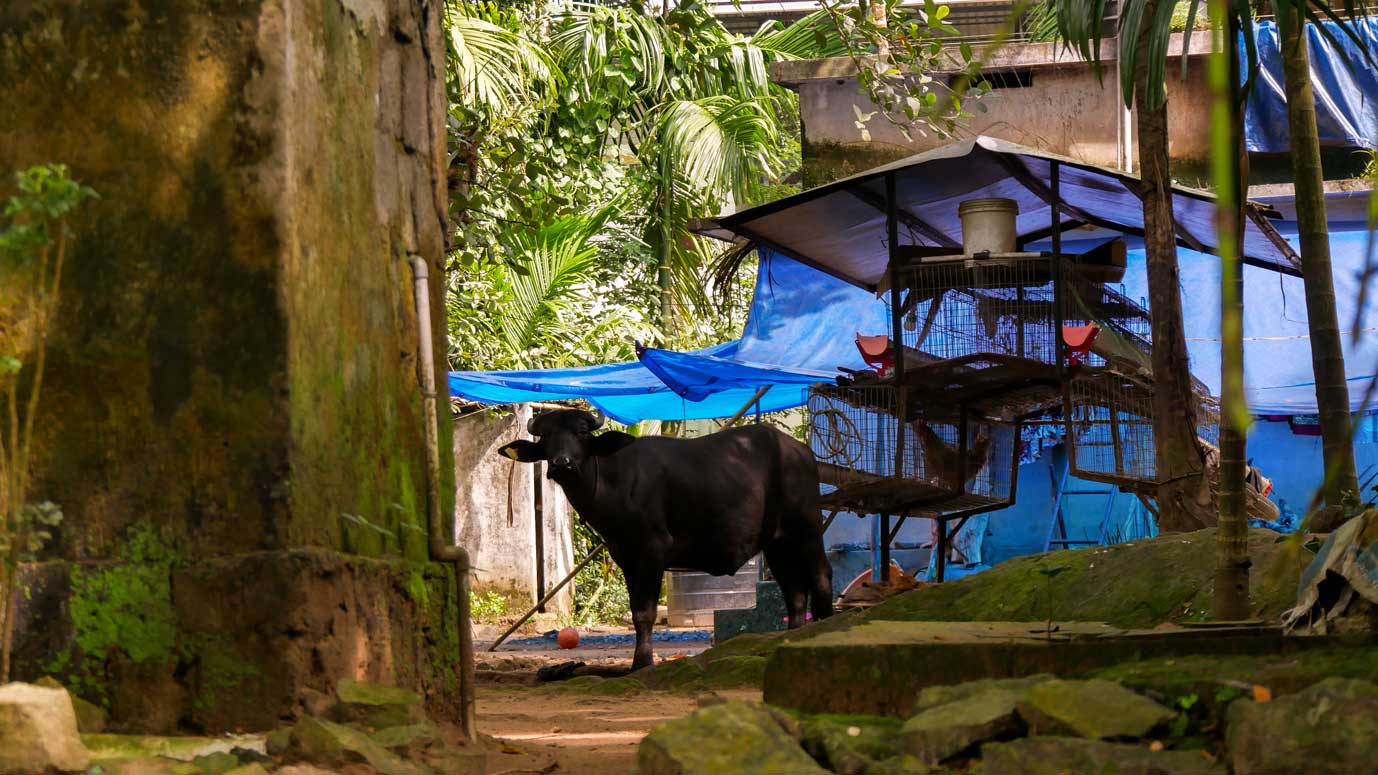
Vazhachal, a serene village immersed in nature, holds a special place in the heart of a remarkable woman, Geetha Vazhachal. She is a social activist, anganwadi teacher, and the moopathi (head of the community) of the Kadar community in Vazhachal. I had the privilege of conversing with Geetha chechi on two occasions, and she graciously shared her experiences and memories of growing up in this picturesque region. Born in Vazhachal, a place that holds deep familial connections, her recollections offer a unique perspective about the Kadar community—their displacement, their struggles with government laws and the environmental changes that have shaped their lives.
The conversation with Geetha, though focused on her personal experiences, also illustrated the negative consequences of human activities on the environment, and the importance of preserving natural resources and ecosystems. The impact of flood and unsustainable development on the river and forest emphasises the need for sustainable practices and conservation efforts. The local community’s concerns and the involvement of environmental experts reflect the growing awareness and recognition of the importance of protecting ecological systems and biodiversity for the well-being of both humans and wildlife.
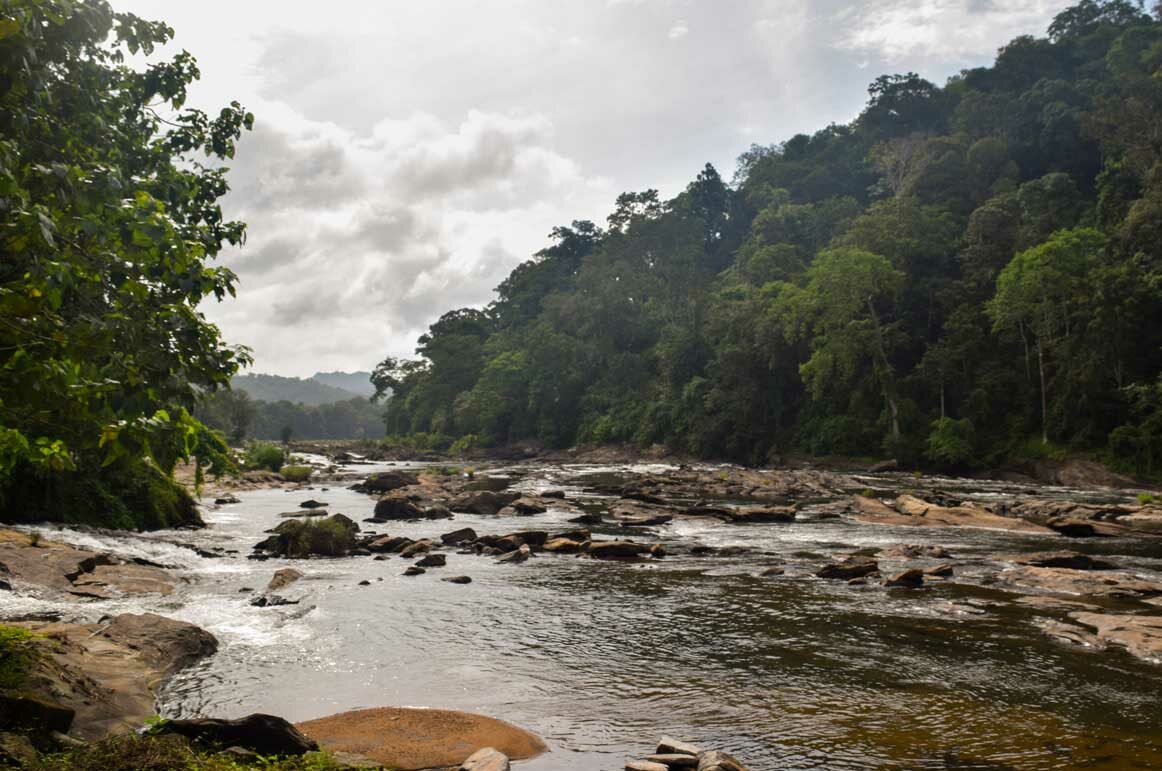

What are the factors and experiences that shaped Geetha's passion for social activism and dedication to the upliftment of tribal communities?
“My father used to tell many stories from his childhood and the socio-cultural situations relating to the times he lived in. It is by listening to his stories that I had the urge to learn about my community and the lives of my people.”
Geetha’s life has been deeply influenced by her family background and early experiences, significantly shaping her worldview and aspirations. Her father hailed from Parambikulam, and her mother is from Vazhachal. Geetha had a firsthand view of her parents’ unwavering commitment to their respective professions as a cook and a diligent worker at Balavadi. This exposure to their dedication must have left a lasting impression on Geetha, highlighting the importance of hard work and perseverance.
During her formative years, Geetha’s consciousness regarding the Athirappilly project and the related issues began to develop. She had access to critical discussions with Dr. Latha, a frequent visitor to her family. These interactions with Dr. Latha gave Geetha valuable insights into her father’s struggles, family history, and the socio-cultural milieu he grew up in. The stories she heard ignited a sense of curiosity, prompting her to actively engage with older generations and gain a deeper understanding of their livelihoods and conservation efforts.
This curiosity catalysed Geetha, sparking a strong desire to become a social activist and dedicate herself to the upliftment of tribal communities. Notably, Geetha’s path towards social activism was not a result of mere idealism or superficial interest; rather, it was fuelled by a genuine passion for making a tangible difference in the lives of marginalised communities. Her experiences and interactions instilled in her a sense of responsibility and a deep empathy for the challenges faced by tribal groups.
How has Geetha's passion for social activism manifested in her involvement with education and community development?
Geetha’s journey as a social activist began during her high school years when she displayed a proactive approach in advocating for education and improving access to basic amenities within her own community. Her commitment to making a positive impact was evident as she actively engaged with tribal members, accompanying them to convents and hospitals to ensure they received the necessary support and resources. This hands-on involvement showcased Geetha’s dedication and genuine concern for the welfare of her community.
At 17, Geetha seized an opportunity to become a daily wages teacher at the Anganwadi in Vazhachal, thanks to a forest officer’s recognition of her potential. This role allowed her to directly contribute to the development of her community, particularly in providing essential services to children and mothers. Geetha’s unwavering dedication to her teaching responsibilities is commendable, as she has diligently served as a teacher for years, impacting the lives of numerous individuals within her community.
Geetha’s passion for reading and her aspiration to establish a library for the children in her community exemplify her deep commitment to education and the dissemination of knowledge. Geetha has gathered a substantial collection of books in collaboration with her friend Tinu and local officers. However, the ongoing challenge lies in finding a suitable location to house the library. This obstacle demonstrates the practical difficulties that Geetha faces in implementing her ideas and the persistence required to overcome such hurdles.
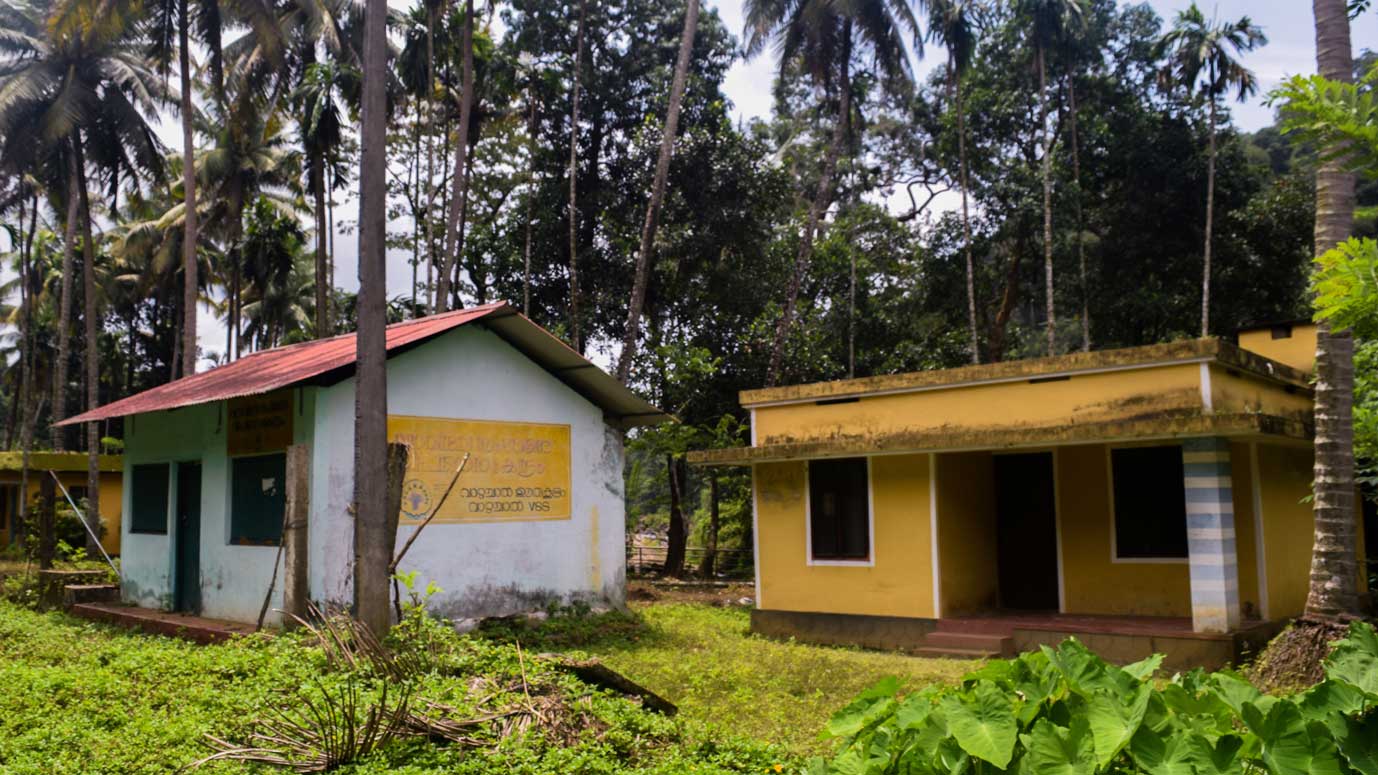
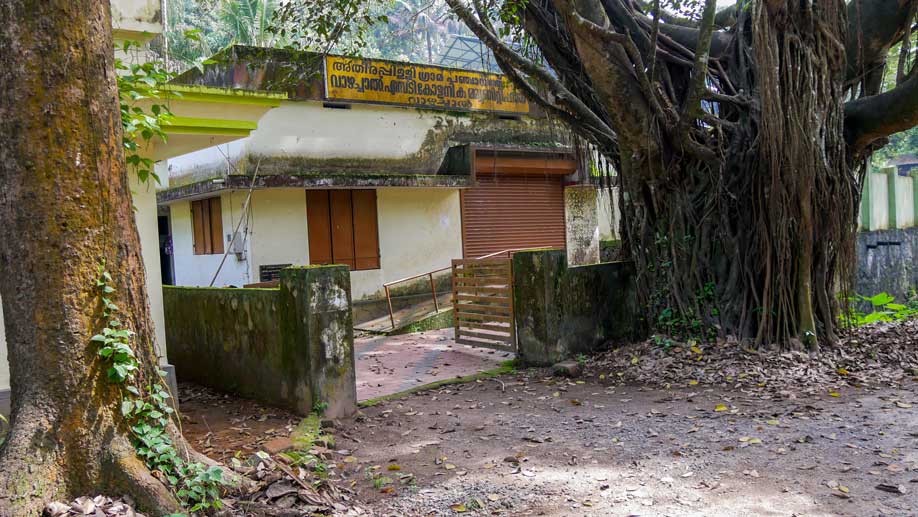
How did Geetha's exposure to different cultures and traditions in her youth impact her perception of her own community and influence her dedication as a social activist?
“I had to travel to Kozhikode for training, and it was my first venture outside my locality, aside from my school hostel. The 15-day training was an eye-opening experience, and I marvelled at the stark contrast between the bustling town and my ooru (small village). Then, I encountered people from other oorus or localities and gained insights into their culture and traditions.”
Geetha’s activism and social work reflect her personal growth and demonstrate her unwavering commitment to creating a positive impact within her community. Her transformative experience during a training programme in Kozhikode during her youth played a crucial role in shaping her perspective. This exposure to diverse cultures and traditions beyond her village opened her eyes to a broader world, expanding her horizons and challenging her previous assumptions.
Interacting with individuals from different localities during the training camp sparked Geetha’s curiosity and fueled her desire to engage in cultural programmes actively. This active participation deepened her understanding of her community and its unique characteristics. It is important to recognise that Geetha’s involvement in cultural activities was not superficial; instead, it was driven by a quest for knowledge and a desire to connect with her roots on a deeper level.
Geetha’s journey showcases the critical importance of exposure to new experiences and diverse perspectives in personal growth and community engagement. The training programme in Kozhikode acted as a transformative moment, expanding Geetha’s worldview and fostering a deeper connection with her community. Through these transformative experiences, individuals like Geetha can cultivate a genuine commitment to social change and an enduring dedication to understanding and uplifting their communities.


In what ways did Geetha's distinction between being a social activist and a social worker shape her approach to creating positive change in her community?
“My work as a social activist and my experience in the anganwadi is what brought me into the field of social work.”
Geetha reflects on the distinction between being a social activist and working at the anganwadi, highlighting the practical aspects of the job in terms of providing a steady income and carrying out assigned tasks. However, she also sees herself as a social worker, acknowledging the training she has undergone to learn how to bring about meaningful change in her community. Her experience in the anganwadi and her role as a social activist propelled her towards social work, where she has actively engaged with people in various parts of India, despite language barriers, to gain valuable experiences and insights.
The pivotal moment in her activism was her involvement in the fight against the hydroelectric plant. Geetha took up the cause and saw it as an opportunity to engage directly with the people and acquire firsthand information about previous effects such dams have had on Adivasi life. She used this knowledge to spread awareness of the ecological imbalances such a dam would cause their ooru.
What challenges has Geetha faced in her pursuit of knowledge about her community, and how has she overcome them?
“How can anyone be angry or hold on to anger when they are surrounded by these children?”
Despite her admirable work, Geetha has faced hurtful remarks and criticisms from others. These comments deeply affected her, but she eventually realised their insignificance and chose not to dwell on them. “I used to be hurt by it initially but slowly realised that there is no point in being hurt by it. No matter what you do, there will always be people who criticise you. The fact that my family is happy and understands me is enough.”
Instead, she finds solace and comfort in her family’s happiness, whose close-knit bond and shared time bring her great joy. Additionally, the children she interacts with at the anganwadi contribute to her happiness, as their presence reminds her of the innocence that can inspire forgiveness.
Geetha says she has discovered the importance of a collective response in dealing with criticism. Instead of handling negative remarks individually, she has realised that gathering the community and addressing concerns collectively is more effective. This approach promotes better community understanding and unity, facilitating a more inclusive and comprehensive exchange of ideas and perspectives.


How has Geetha's personal experiences with the introduction of alcohol into her community influenced her determination to combat its negative effects?
“What they don’t understand is that when I or someone from my community speak about politicians introducing alcohol into our community, it is based on our own experiences and observations. We are not talking about something we heard someone say. It is what we have seen and experienced.”
Geetha’s commitment to her community was deeply tested during a Kudumbasree meeting a few years ago, where a politician insulted her community by labelling them as drunkards. This remark struck a chord with Geetha as she recognised the prevalence of alcohol consumption in society at large and the role politicians played in introducing drinking habits to her community. Previously, her community used a local herb called Karuppu as an alternative to alcohol, which did not pose societal issues. The problems emerged only after alcohol infiltrated the locality, leading Geetha to take action by searching for and destroying illegal liquor production in the area. However, her bold actions came at a price, as she faced threats and even had explosives thrown at her house.
The exact timeline of the introduction of alcohol into Geetha’s community is difficult to ascertain. However, she highlighted the longstanding practice of politicians visiting the area during election campaigns, often bringing food, including alcohol. These gatherings typically occurred in the evenings, with some politicians even bringing biriyani from their hometowns. Over time, this exposure led people to develop alcohol addiction without fully understanding its detrimental effects. Geetha recognises the challenges of demanding an immediate cessation of alcohol consumption but believes in the importance of encouraging individuals to limit their intake. She has proposed the idea of the health department organising a demonstration video to showcase the side effects of alcohol, hoping it will have a more significant impact.
How does Geetha's fearless response to threats and her unwavering commitment to speaking up against the introduction of alcohol into her community reflect her deep sense of justice and determination to work for the betterment of society?
“I told them that the blood that runs through both their and my veins are the same. We are all equal. So, they can kill me if they want, but I am not running away in fear. I will continue to say and do things I believe are right.”
Geetha fearlessly confronts her adversaries and refuses to be intimidated, demonstrating her commitment to standing up for what she believes in. She recognises the shared humanity between herself and those who oppose her, indicating a belief in all individuals’ inherent worth and dignity. Geetha’s statement about being willing to be killed rather than driven by fear suggests a deep conviction in her principles and a willingness to make personal sacrifices for the betterment of society. Geetha’s father often expressed pride in her efforts, understanding that her struggles result from her commitment to societal improvement. This suggests that her immediate family recognises and values Geetha’s sense of social justice, further reinforcing her dedication to her cause.
When responding to a derogatory comment made by an MLA, Geetha firmly stood her ground and asserted that her statements about politicians introducing alcohol into her community were based on personal experiences and observations. This indicates that Geetha’s sense of social justice is rooted in lived experiences and a desire to address the issues affecting her community directly. She distances herself from the actions of politicians and focuses on working for the welfare of her community, implying a commitment to social justice that extends beyond mere rhetoric. The fact that Geetha chose not to delve further into the incident, considering it complex and personal, suggests that she understands the limitations and challenges of fighting for social justice. It highlights her awareness that not all battles can be easily won or fully addressed, indicating a nuanced understanding of the complexities of social issues.


How have the construction of dams, such as the one in Parambikulam during the colonial era, and subsequent displacement of the Kadar community impacted their lives and livelihoods?
“Many people who left Parambikulam had to go through further displacement and were chased away by the Kerala State Electricity Board (KSEB) and forest officers. Their houses were destroyed, and they were forced to leave without any proper arrangements being made for them.”
The historical occurrence of British colonial dam construction in Parambikulam early in the twentieth century inflicted adverse consequences upon the Kadar community, leading to their displacement. Following this displacement, numerous individuals from the Kadar community sought new settlements like Kuriyarkutty, Mukkampuzha, Vachumaram, and Anakkayam and established themselves as agriculturists. Nevertheless, their plight endured as they were subjected to subsequent rounds of displacement, wherein they were compelled to abandon their residences without proper provisions, owing to the actions of the Kerala State Electricity Board (KSEB) and forest officers.
The historical context presented by Geetha (though she is not sure of the exact dates of many of these incidents) suggests a critical link between the community’s hardships, the disruption of their social fabric, and the potential emergence of alcohol-related issues. Displacement, loss of traditional livelihoods, and the lack of proper arrangements may have contributed to instability, stress, and marginalisation among the Kadar community. These factors could potentially increase vulnerability to alcoholism as a coping mechanism or result from socio-economic challenges faced by the displaced individuals. Furthermore, the mention of concerns about landslides due to deforestation caused by dam projects, particularly in Athirappilly, highlights the potential environmental and social consequences of such infrastructure development.
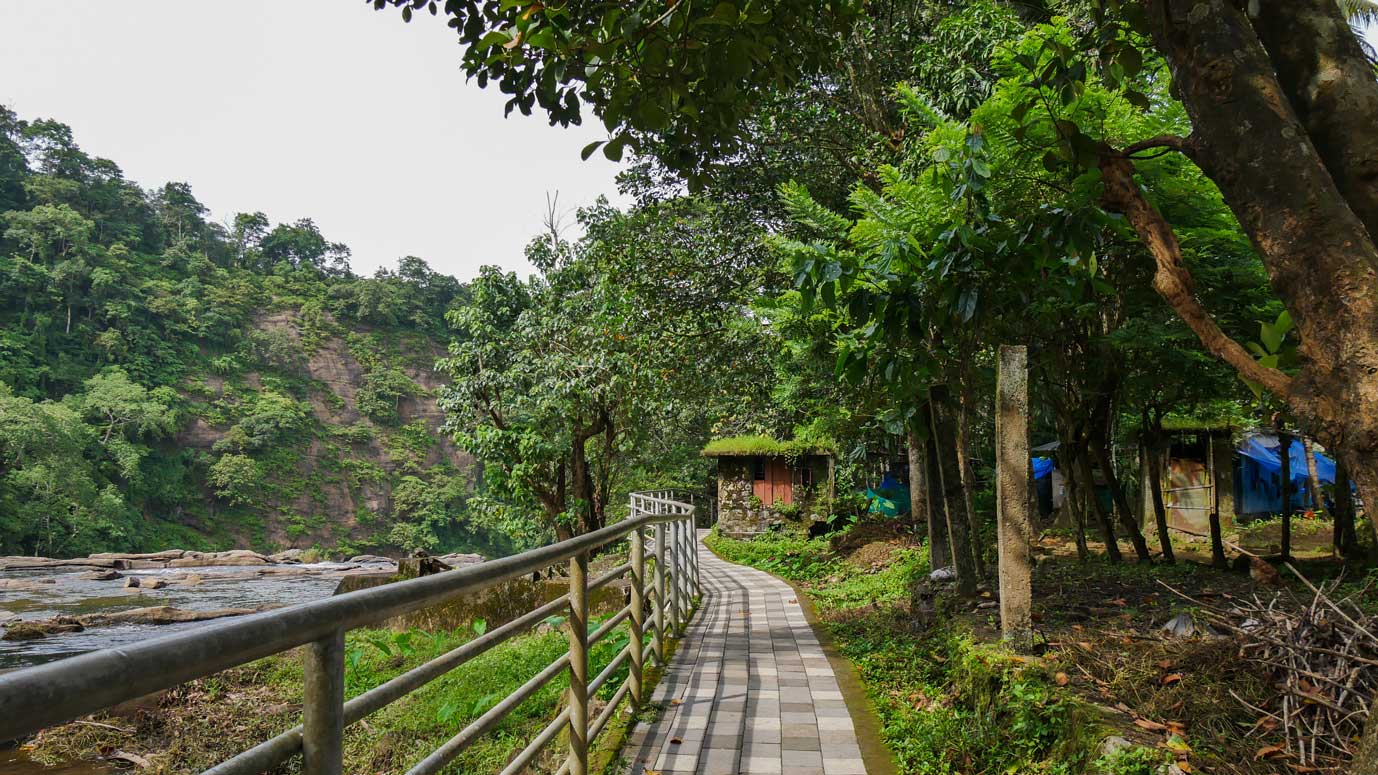
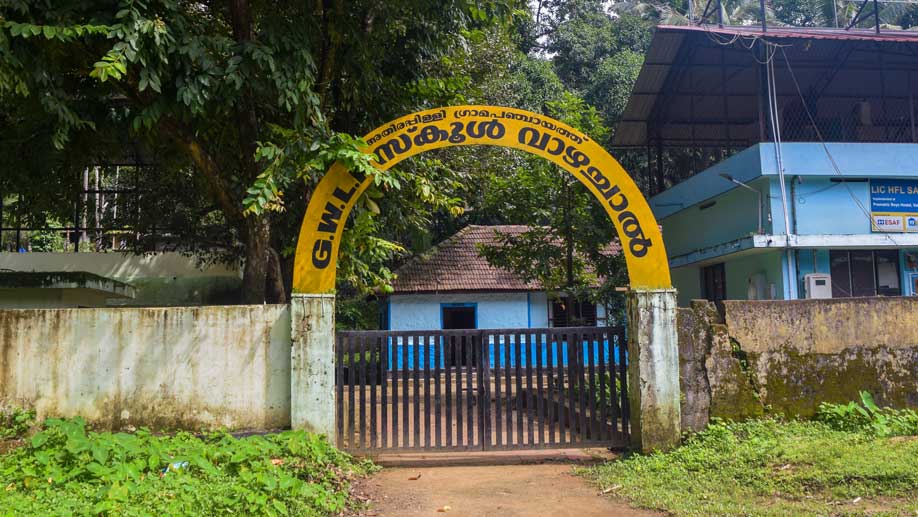
With the ongoing struggles and setbacks faced by the Kadar community in their pursuit of land rights and preservation, how can their experiences serve as a catalyst for a broader examination of the systemic issues surrounding indigenous communities' rights, displacements, and interactions with governmental bodies, highlighting the need for comprehensive policy reforms and equitable solutions?
“Initially, I thought that submitting applications was enough. But it is not so. Even writing complaints is not enough, for there is a lack of priority given to addressing our needs. Officers make excuses for the lack of progress, and we don’t even know how to express our frustration with the situation.”
Even today, the Kadar community faces several hardships regarding land ownership, housing, and bureaucratic obstacles. These challenges demonstrate a systemic marginalisation and neglect of the community’s rights and needs. The lack of coordination between government departments reflects a disorganised and ineffective approach to addressing the community’s concerns, further exacerbating their difficulties. The failure of the government to fulfil the community’s demand for land allocation, despite their clear requirement of at least 1 acre per family, showcases a disregard for the community’s well-being and the persistent denial of their rightful entitlements. The frustrations expressed by Geetha highlight the deep-rooted apathy and lack of priority given to resolving the land issues faced by the Kadar community.
The complexity of understanding forest rights, as mentioned by Geetha, reveals a deliberate obstruction of legal processes, making it challenging for the community to advocate for their rights effectively. This complexity is a barrier to accessing and claiming their entitled land and reinforces the power dynamics that favour bureaucratic institutions over the marginalised community. The disparity between the community’s perception of donated land for communal purposes and the official ownership records reflects a broader pattern of exploitation and disempowerment. Regarding housing, the discrepancy between the number of families and the availability of housing titles indicates a lack of support and recognition from the authorities. The limited number of titled houses among the residents further underscores the community’s vulnerability and suggests a lack of investment in providing secure housing for the Kadar community. Despite being the descendants of the original land owners, many families have yet to get legal documents proving ownership of the land they use.


What are the environmental concerns surrounding Vazhachal? What are its impacts on the region's forest ecosystem?
“The river is not the same as it was in my childhood. It has changed a lot. The floods and the trees being cut down have all affected its flow. It now flows in a different path.”
Geetha highlights two environmental concerns in Vazhachal.
1) The degradation of the river and the threat to the forest ecosystem – Geetha expresses her worries about the river’s current state, which holds sentimental value to her and the community. She describes how the flood altered the river’s width, characteristics, and flow, resulting in the disappearance of natural elements like forests, bushes, and sand. Efforts have been made to restore vegetation along the river, but they have encountered challenges, such as obtaining the necessary sediment.
2) Hydroelectric Plant – The construction of the hydroelectric plant would have had severe consequences for the region. The project involved cutting down many large trees and posed a significant risk of submerging pristine forests and displacing tribal communities. Environmental experts, including the Kerala State Biodiversity Board, raised concerns about the ecological impact on the fragile river ecosystem and the diverse wildlife in the area, including rare species of hornbills. Ultimately, the decision to halt the construction relieved the residents of Athirappilly and Vazhachal villages, as they were under imminent threat of submersion.
